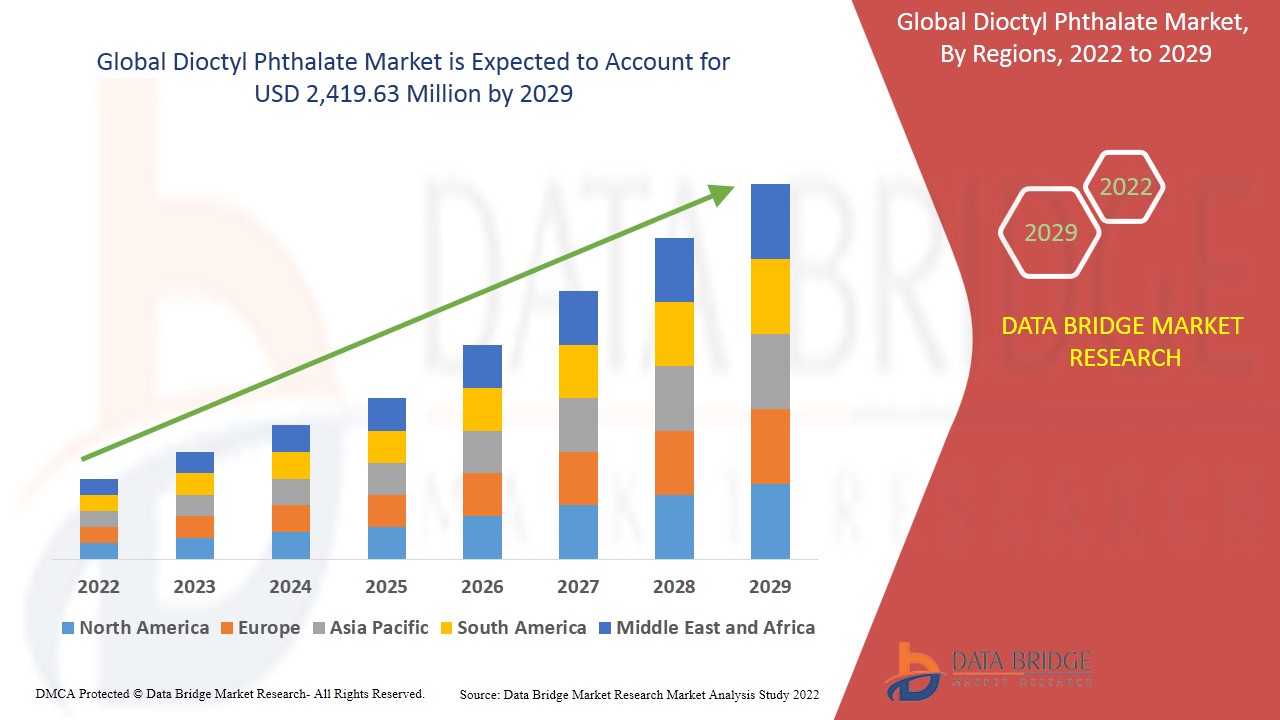Industrial Utility Theory
This theory underscores how DOP serves as an essential input in various industrial processes, especially in manufacturing flexible PVC products. Its role can be framed as:
- A utility-maximizing agent for manufacturers balancing cost, durability, and flexibility
- A functionally optimized choice where alternative plasticizers may reduce performance or increase costs
Regulatory Transition Theory
Under this lens, market behavior is analyzed based on shifting environmental and health policies:
- Markets evolve through compliance cycles, where innovation is driven by regulation (e.g. REACH in Europe, EPA in the U.S.)
- Substitution dynamics emerge as companies transition from DOP to non-phthalate or bio-based alternatives
- A lag-effect hypothesis applies to regions with slower policy enforcement, sustaining DOP demand longer
Cost–Performance Optimization Framework
This model considers how buyers select DOP over alternatives:
- Equation of Trade-off: Performance (P) x Longevity (L) ÷ Cost (C) ≥ Acceptable Threshold (T)
- DOP remains viable where performance outweighs marginal regulatory risks
- Emerging alternatives struggle unless they offer ≥ P and ≤ C compared to DOP
Product Lifecycle Sustainability Theory
A sustainability lens reframes DOP’s journey:
- Mature Lifecycle Phase: Widespread use, but under declining environmental favorability
- Lifecycle Disruption Forces:
- Innovation in green plasticizers
- Demand shifts in eco-sensitive applications (e.g. medical tubing, consumer electronics)
- Strategic transformation occurs via R&D investments in recyclable or less toxic formulations
Regional Differentiation Model
Using a theoretical geography-based construct:
- Core-periphery dynamics: Asia Pacific acts as the core due to scale, while Europe/North America form regulatory peripheries influencing innovation
- Price elasticity segmentation:
- Elastic zones in emerging markets tolerate DOP price fluctuations
- Inelastic zones in regulated economies favor stable-cost green alternatives
Other Trending Reports



